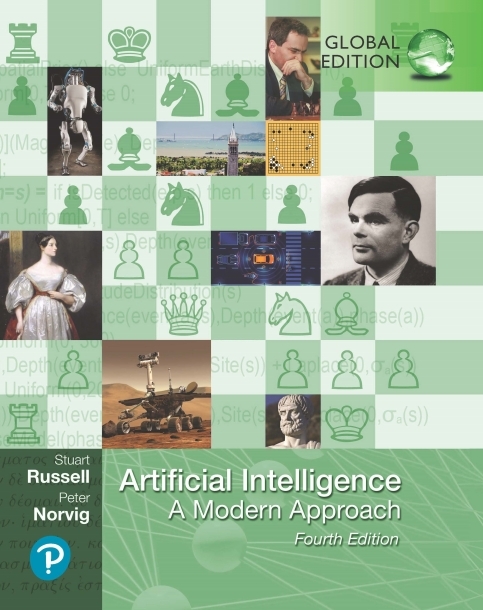I was reading some works – true pearls! – by Synge: his conference contribution Tensorial integral conservation laws in general relativity (1959/1962) and his book Relativity: The General Theory (1960). In these works Synge introduces an extremely interesting definition of four-momentum and of rotational momentum, based on two-point tensors. The definition is interesting because (1) it involves the full Riemann tensor, not just the Einstein tensor, (2) it includes the (or rather, defines a) four-momentum and rotational momentum of the gravitational field, (3) it obeys a conservation law as opposed to a balance law (the equation ∇⋅T=0 expresses in general just balance, not conservation).
The definition for rotational momentum is also interesting because it appears as the natural generalization of the one in Newtonian mechanics, which is based on the affine structure of its 3D space. Roughly speaking, in Newtonian mechanics we have (r-a)∧p, where a is a fixed point, r the point of interest, and p the momentum (density) at the point r. Synge essentially replaces the difference "r-a", which relies on an affine structure, with the geodesic distance between two points R and A in spacetime, through his two-point "world function". In his book he explains that general relativity requires the appearance of a reference point (a or A) also in the definition of four-momentum, whereas such reference point is superfluous in Newtonian mechanics.
OK this was a very poor summary, just to pique your interest. For details see Synge's conference contribution, and chapter VI, especially §4, of his book (refs below).
Bryce DeWitt even commented "Je suis tout à fait de l'avis du professeur Synge qui insiste sur le fait que ces fonctions de deux points se montreront très importantes dans le futur développement de la théorie de la relativité générale" on the conference contribution. Two-point tensors were quite fashionable in the 1960s, they are used in interesting ways also in Truesdell & Toupin's The Classical Field Theories (see Part F and Appendix III there).
Yet, these definition venues seem to have been abandoned today. Here are my questions to you: why? just for unfathomable sociology-of-science reasons, or because of physical-mathematical ones? Are there works today which further explore these venues?
References:
• Synge: Tensorial integral conservation laws in general relativity, in Lichnerowicz,Tonnelat: Les théories relativistes de la gravitation (CNRS 1962), pp. 75–83. https://libgen.is/book/index.php?md5=74345AB69DDF9EE233FA55F55FDCB057
• Synge: Relativity: The General Theory (North-Holland 1960). https://libgen.is/book/index.php?md5=7AE08880CF8086FED4D3BCF732BE8E54
• Truesdell, Toupin: The Classical Field Theories, in Flügge: Handbuch der Physik: III/1 (Springer 1960), pp. I–VII, 226–902. https://doi.org/10.1007/978-3-642-45943-6_2 https://libgen.is/book/index.php?md5=728F54156B632C44EAC2C559F120DDAB



Fantastic person.
Funny that the post closes with "thank you". So kind. I depend on K-9 Mail daily, so "thank you" from me doesn't cut the amount of indebtedness and gratitude I have to this person. Thank you! 🙏